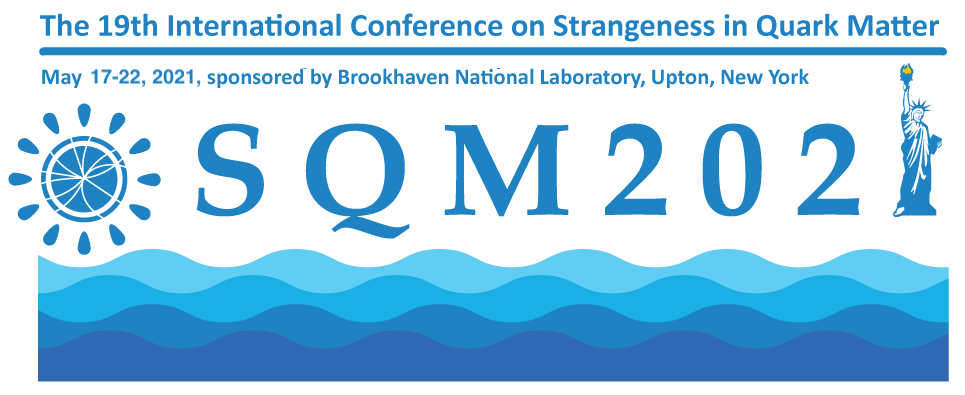Speaker
Description
The study of hyperon-nucleon (Y-N) interactions is of great interest in recent years because of its relation to high-density matter systems. For example, the presence of hyperons inside neutron stars would soften the equation of state. Hypernuclei, bound states of nucleons and hyperons, serve as a probe to study the Y-N interaction.
In this talk, the lifetime of ${}^{3}_{\Lambda}$H and ${}^{4}_{\Lambda}$H, and the rapidity and centrality dependence of their yields in Au$+$Au collisions at $\sqrt{s_{\rm{NN}}}=3$ GeV will be presented. The measured yield will be compared to measurements at other energies and to theoretical models, and the physics implications will be discussed. We also report the first observation of the ${}^{3}_{\Lambda}$H and ${}^{4}_{\Lambda}$H directed flow in $5-40\%$ centrality. The directed flow of ${}^{3}_{\Lambda}$H and ${}^{4}_{\Lambda}$H are compared with those of the copiously produced particles such as $p$, $\Lambda$, $d$, $t$, ${}^{3}$He and ${}^{4}$He. These results will shed light on light hypernuclei production in heavy-ion collisions in the high baryon density region. Finally, reconstructing hypernuclei using different decay channels allows us to measure their decay branching ratios. In particular, the three-body decay channels are sensitive to the quantum numbers of the hypernuclei ground state, which can be studied with the Dalitz plot technique. The observation of ${}^{3}_{\Lambda}$H $\rightarrow d+p+\pi$, ${}^{4}_{\Lambda}$He $\rightarrow {}^{3}\rm{He}+p+\pi$ and ${}^{5}_{\Lambda}$He $\rightarrow {}^{4}\rm{He}+p+\pi$ will be presented and discussed.
| Collaboration | STAR Collaboration |
|---|




